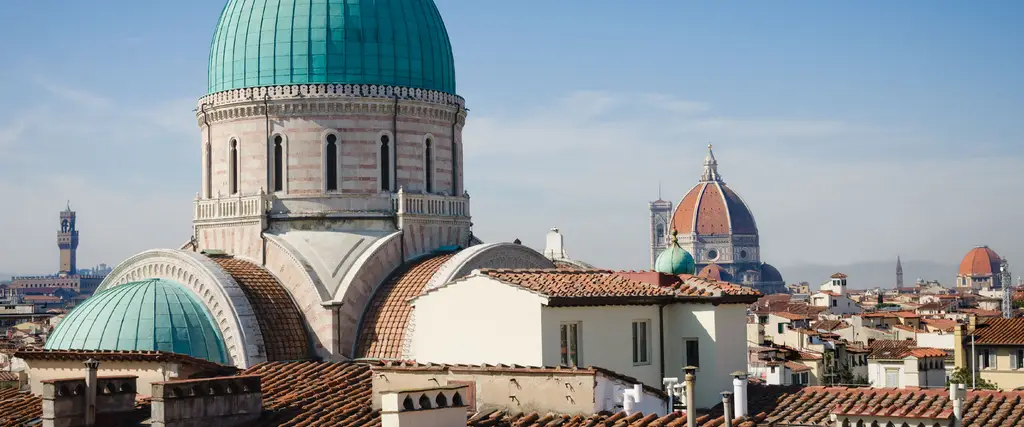
Jewish Florence
If you think you have already visited everything in the city and you are wandering a little dazed between shops and other tourists like you, know that Florence can offer you a different day, discovering the widespread traces of Jewish culture: an alternative way to explore the city of the Medici - if possible, around January 27, the International Holocaust Remembrance Day - and an infallible system to get in touch with a world different from yours.
The history of the Jewish community of Florence dates back to the XII century, but we have more information from the end of the XV and the XVI centuries, especially when the Medici became Grand Dukes of Florence. The suggested itinerary aims to touch various points of the city that have been of great importance for the life of the Florentine Jewish community, starting from the Piazza della Repubblica where the old ghetto was located before being destroyed following the demolitions of the capital Florence. To find concrete remains and evidences of the ghetto of Florence, you need to visit the ground floor of the Museum of San Marco. In addition, the city of Florence still has a Jewish Monumental Cemetery in the Oltrarno area. Our itinerary includes a visit to the wonderful nineteenth-century Synagogue, considered among the most beautiful in Europe, as well as the Jewish museum and the Auschwitz Memorial. Another place, sadly known, is platform 16 at Santa Maria Novella Train Station.
Then, there are the stumbling stones (in German Stolpersteine), because they make the passers-by "stumble" and remind them of what happened right there in that point of the city, during the Nazi-Fascist occupation. They are small monuments to the memory, one of the darkest periods in the history of our nation. They are brass squares of the size of a "sanpietrino" (10x10 cm), set in the cobblestones in front of the house of the victims of deportations to the concentration camps. Above are engraved their names and surnames, the dates of the capture and, when known, the one of their death. The memento-works are creations of the German artist Gunter Demnig who conceived and realized them in the early nineties.
Recently a mural dedicated to Anna Frank has been painted on the walls of the homonymous school.
Firenze ebraica